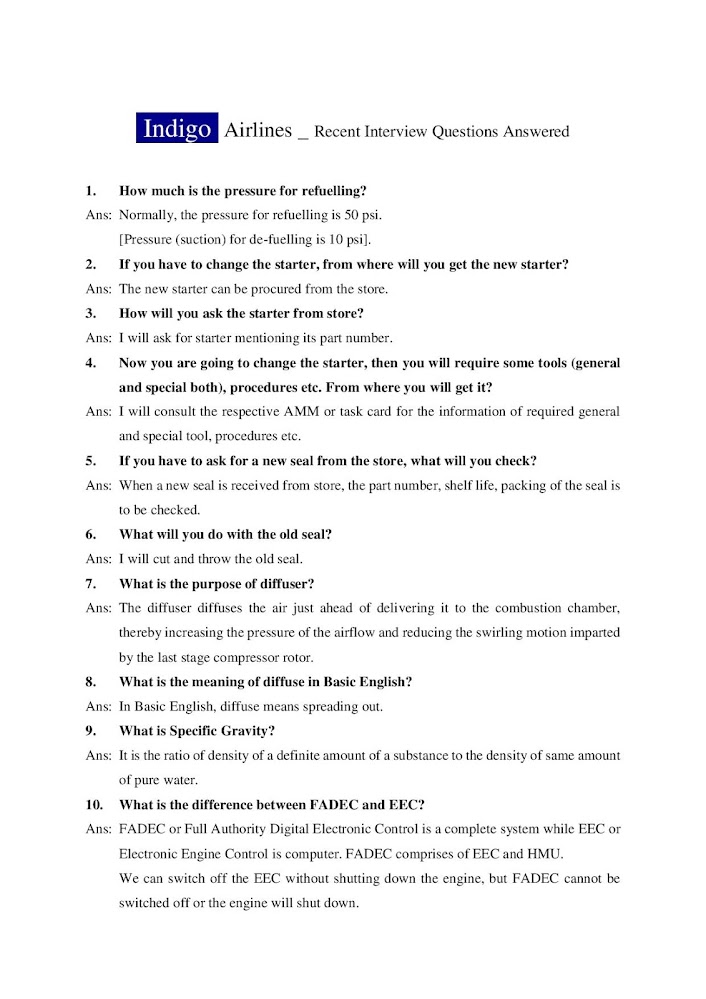How do the fighter planes jettison?
Dumping fuel from the aircraft (in flight) is called jettisoning. On ground , it is called defuelling.
Fighter planes are capable of refulling in flight.Since commercial passenger aircraft carries passenger, they are not allowed to refuel during flight due to safety reasons.
More ever, commercial planes have very big fuel tanks(in their wing) so they don't require in flight refueling.They always carry additional fuel for holding or taxing.
Every commercial pilot calculates their usable fuel in his plane in the following manner :
Departure to Destination + 30 minute extra (for holding and taxing).
If an aircraft has to do 'air turn back' (return to airport ) then the aircraft has to dump certain amount of fuel which is called jettisoning. It is calculated by flight management computer and executed by the pilot's manually
Pilots cannot dump fuel anywhere, they have to take permission from air traffic controllers.
after that they (ATC) will inform a specific area where it is supposed to dump the fuel by the pilots. This prevents fuel from spreading and causing damage to civilians. Sea is considered as a ideal place for fuel jettisoning.
During jettisoning, Fuel dumping pipes are located beside static weeks but it will not initiate fire because of two reason:
ATF has higher octane number. It requires high amount of heat energy source to burn (source like ignition excitor).
Fighter planes instead of dumping the fuel, they burn the excess fuel through afterburners, this process is called dump and burn, Torching, zippos.
Fighter planes have additional fuel tanks for long range it is called 'drop tank'. When they don't require this tank they can simply detach and throw in c During flight .Thereby reducing the weight of the Aircarft .
Boeing 757-200, have maximum take off weight equals to maximum landing weight so naturally it doesn't require any dumping mechanism. Negating the fuel dump requirement.




Comments
Post a Comment